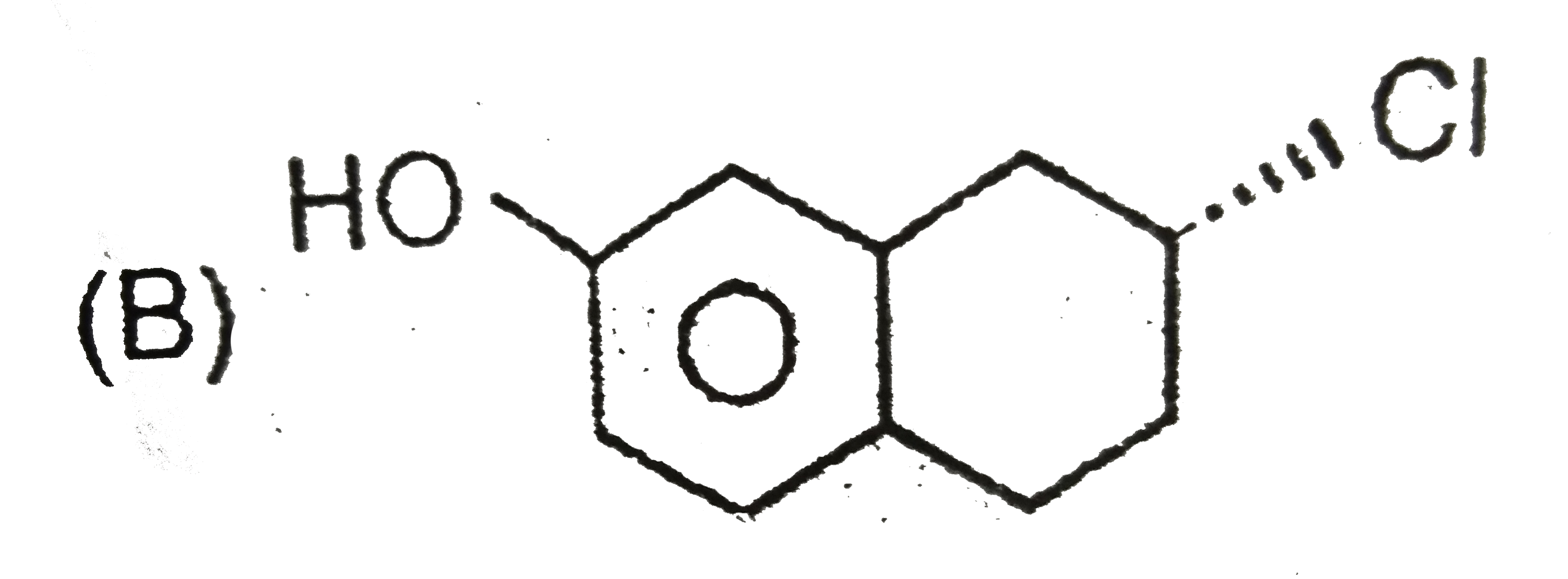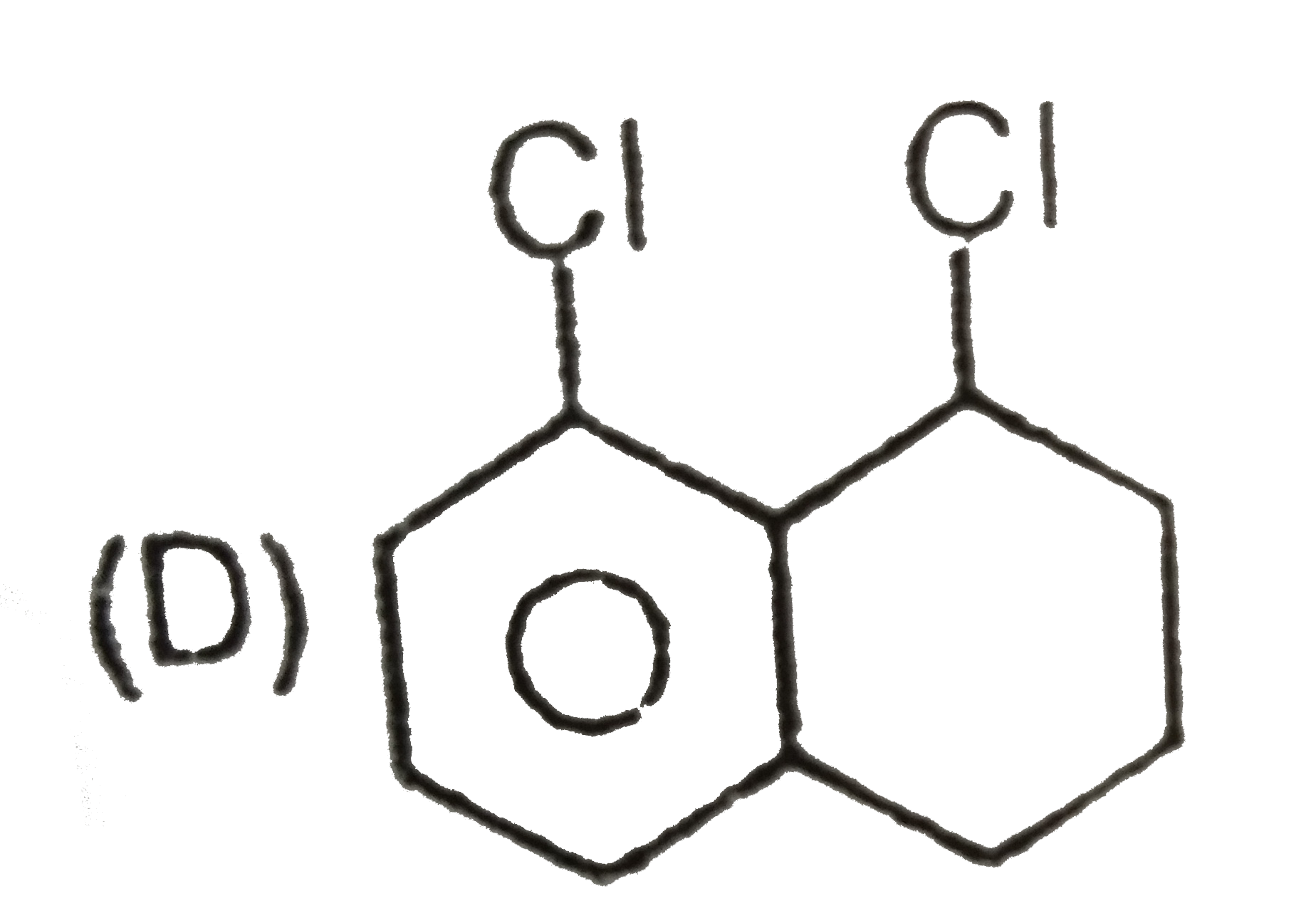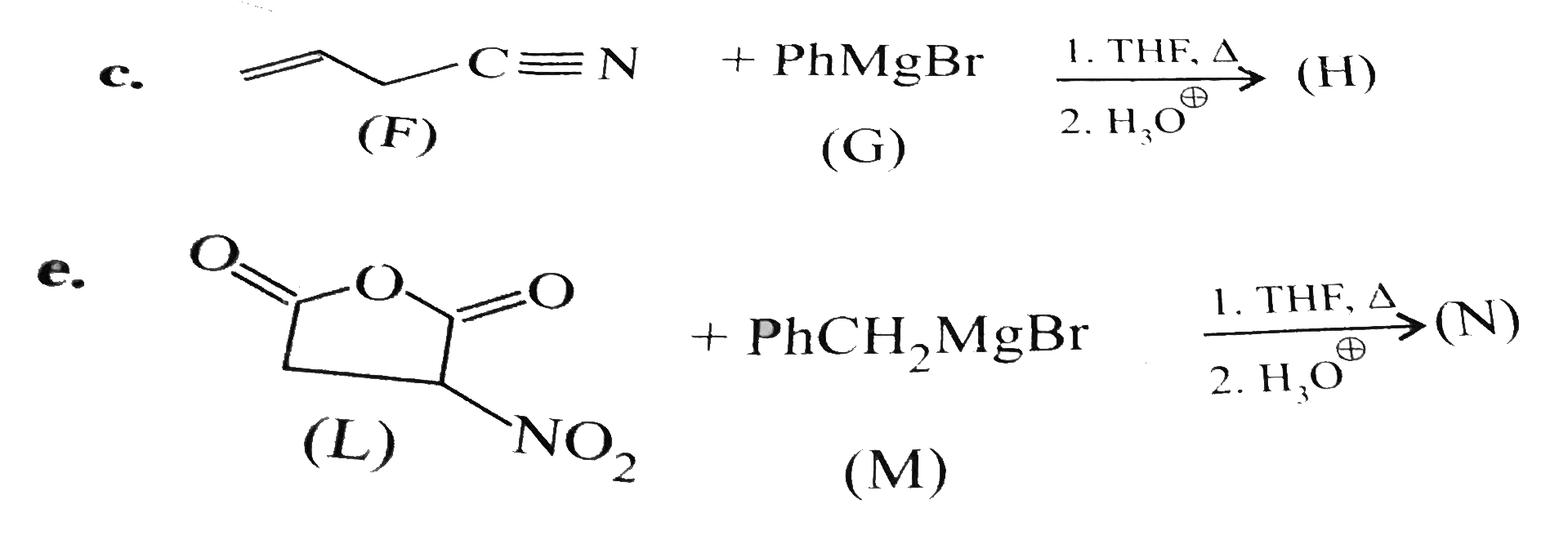The sum of stereoisomers of comple-A, complex-B and complex-C in following reaction is ………..
The correct Answer is:7
To solve the question regarding the sum of stereoisomers of complexes A, B, and C, we will analyze each complex step by step.
Step 1: Identify Complex A
The first complex formed is from the reaction of (PtCl4)2− with 2pyre. The resulting complex is denoted as Complex A, which can be represented as Pt(Py)2Cl2.
Hint for Step 1: Look for the coordination number and the ligands to identify the structure of the complex.
Step 2: Determine Stereoisomers of Complex A
Complex A has the formula Ma2B2, where M is the metal (Pt), a is the number of one type of ligand (pyridine), and b is the number of another type of ligand (chloride). This type of complex can exhibit geometrical isomerism. For Ma2B2, there are 2 geometrical isomers (cis and trans).
Hint for Step 2: Remember that geometrical isomers arise from different arrangements of the ligands around the central metal atom.
Step 3: Identify Complex B
Complex A reacts with NH3 and Cl− to form Complex B. The resulting complex can be represented as Pt(Py)2(NH3)Cl.
Hint for Step 3: Pay attention to how the ligands are replaced in the reaction to identify the new complex.
Step 4: Determine Stereoisomers of Complex B
Complex B also has the formula Ma2Bc, which allows for geometrical isomerism. This complex can also exhibit 2 geometrical isomers (cis and trans).
Hint for Step 4: Consider the positions of the ligands when determining the possible isomers.
Step 5: Identify Complex C
Complex B then reacts with Br− to form Complex C, represented as Pt(Py)2(NH3)(Br).
Hint for Step 5: Follow the same approach as before to identify the new complex formed after the reaction.
Step 6: Determine Stereoisomers of Complex C
Complex C can be represented as Pt(Py)2(NH3)(Br), which has the formula Ma2Bc. This complex can exhibit 3 geometrical isomers due to the presence of two types of bidentate ligands.
Hint for Step 6: Analyze the possible arrangements of the ligands to find the number of isomers.
Step 7: Sum of Stereoisomers
Now, we can sum the stereoisomers from each complex:
- Complex A: 2 stereoisomers
- Complex B: 2 stereoisomers
- Complex C: 3 stereoisomers
Total = 2 + 2 + 3 = 7 stereoisomers.
Final Answer: The sum of stereoisomers of Complex A, Complex B, and Complex C is 7.
The first complex formed is from the reaction of (PtCl4)2− with 2pyre. The resulting complex is denoted as Complex A, which can be represented as Pt(Py)2Cl2.
Complex A has the formula Ma2B2, where M is the metal (Pt), a is the number of one type of ligand (pyridine), and b is the number of another type of ligand (chloride). This type of complex can exhibit geometrical isomerism. For Ma2B2, there are 2 geometrical isomers (cis and trans).
Complex A reacts with NH3 and Cl− to form Complex B. The resulting complex can be represented as Pt(Py)2(NH3)Cl.
Complex B also has the formula Ma2Bc, which allows for geometrical isomerism. This complex can also exhibit 2 geometrical isomers (cis and trans).
Complex B then reacts with Br− to form Complex C, represented as Pt(Py)2(NH3)(Br).
Complex C can be represented as Pt(Py)2(NH3)(Br), which has the formula Ma2Bc. This complex can exhibit 3 geometrical isomers due to the presence of two types of bidentate ligands.
Now, we can sum the stereoisomers from each complex:
- Complex A: 2 stereoisomers
- Complex B: 2 stereoisomers
- Complex C: 3 stereoisomers
Topper's Solved these Questions
- BOOK - RESONANCECHAPTER - COORDINATION COMPOUNDSEXERCISE - Additional Problem for Self Practice (APSP) Part-IV Practice Test -2 (Section-4) (Paragraph for Question )3videos
COORDINATION COMPOUNDS
- BOOK - RESONANCECHAPTER - COORDINATION COMPOUNDSEXERCISE - Additional Problem for Self Practice (APSP) Part-IV Practice Test -2 (Section-5) (Matching Lift type )1videos
COORDINATION COMPOUNDS
- BOOK - RESONANCECHAPTER - COORDINATION COMPOUNDSEXERCISE - Additional Problem for Self Practice (APSP) Part-IV Practice Test -2 (Section-2)5videos
COORDINATION COMPOUNDS
- BOOK - RESONANCECHAPTER - CHEMISTRY IN EVERYDAY LIFEEXERCISE - ORGANIC CHEMISTRY(Chemistry in every day life)31videos
CHEMISTRY IN EVERYDAY LIFE
- BOOK - RESONANCECHAPTER - D & F BLOCK ELEMENTSEXERCISE - INORGANIC CHEMISTRY(d & f- Block Elments)40videos
D & F BLOCK ELEMENTS
Similar Questions
Knowledge Check
- Question 1 - Select One
In the following reaction sequence,
C6H5BrCuCN/pyridine−−−−−−−−−→523KXdil.H2SO4−−−−−−→boilY
the product Y isAbenzonitrileBbenzeneCbenzoic acidDbenzamide. - Question 2 - Select One
 SOCl2−−−−→Pyridine Product is:A
SOCl2−−−−→Pyridine Product is:A B
B C
C D
D
- Question 3 - Select One
CH3−C≡C−CH3H2−−−−−−→Pd−BaSO4
(A) Br2−−→CCl4(B)AMesoBRacemic mixtureCDiastereomersDAll
Cl−Cl∣C∣Cl−OH∣C∣H−OH
View SolutionGive the structures of A,B and C in the following reactions :
(i) CH3BrKCN−−→ALiAlH4−−−→BHNO2−−−−−−→273KC
(ii) CH3COOHNH3−−−−−→ΔABr2+KOH−−−−−−→BCHCl3+NaOH−−−−−−−−−→C
(iii) CH3CNH2O/OH−−−−−−−→ANH3−−−−−→ΔBBr2+KOH−−−−−−→CView SolutionCH3CH2BrAq.KOH−−−−−→ΔAKMnO4/H+−−−−−−−−→ΔBNH3−−→ΔCBr2−−→AlkaliD, D is
View SolutionThe product (C) in the following reaction is
Phenol
Zn−−−−−→Δ(A)CH(3)CltAnhydrousAlCl3(B)KMnO4/OHϴ−−−−−−−−−−−→Δ(C)View SolutionThe acid D obtained through the following sequence of reactions is:
C2H5BrAlc.KOH−−−−−→ABr2−−→CCl4BKCN−−−−−→(excees)CH3O+−−−→View Solution





 .
.